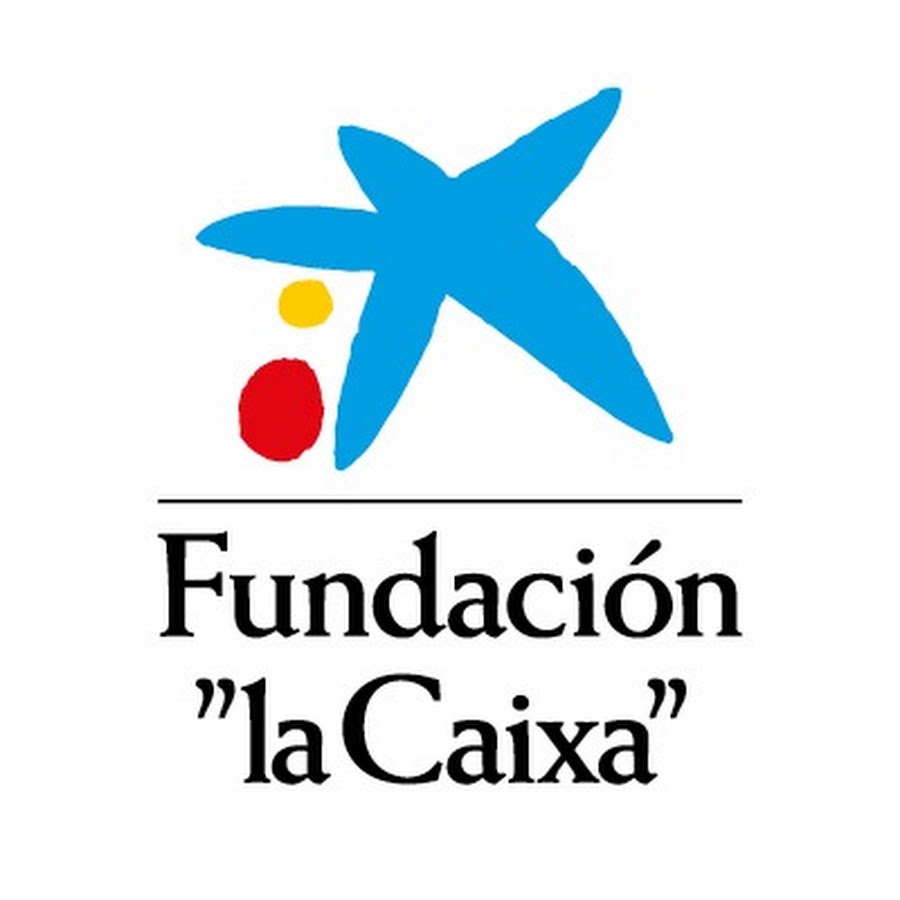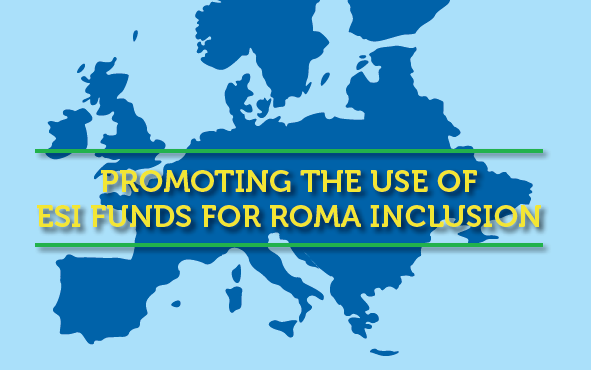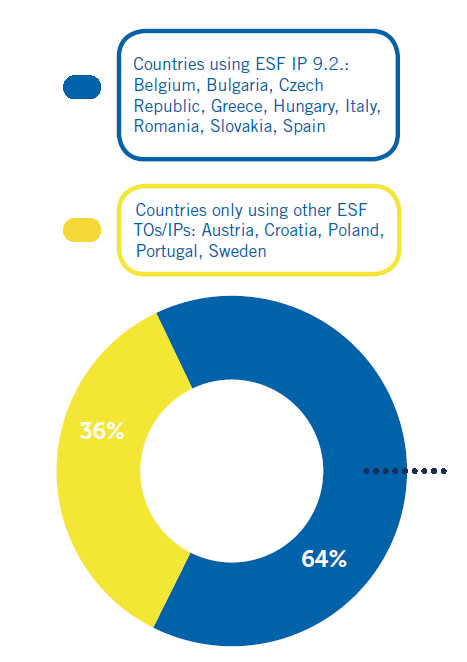2014-2020 programming period opens up a wide range of possibilities for promoting the social inclusion and non-discrimination of Roma across the European Union.
Elements such as the specific European Social Fund (ESF) Investment Priority ‘Socio-economic integration of marginalised communities such as the Roma’ (IP 9.2.), the ex-ante conditionalities (e.g. a national Roma inclusion strategic policy framework in place…) and the stronger linkages with the political priorities identified in the country-specific recommendations are new instruments that, if properly used, could contribute to achieve substantial progress in the use of EU Funds for Roma inclusion.
EU Context
In 2011 the European Commission presented a Communication on “An EU Framework for National Roma Integration Strategies up to 2020” with the aim of improving the situation of Roma. The Framework set out Roma integration goals in four key areas (education, employment, healthcare and housing) and called on Member States to adopt National Roma integration Strategies (NRIS) for the period 2012-2020 and to use a targeted approach, set achievable national goals, allocate sufficient funding, include strong monitoring methods and review mechanisms or consult Roma civil society.
The adoption of this policy framework revealed an unprecedented level of EU political commitment to a comprehensive approach to Roma inclusion.
The EU Framework identifies ESI Funds as key financial resources to address the needs of Roma and invites Member States to amend their Operational Programmes co-financed by Structural Funds and align them with their National Roma Integration Strategies (NRIS).
This represented an exceptional opportunity the increase the alignment between these EU financial instruments and the national strategies and to encourage the connection between the bodies in charge of Roma policies (National Roma Contact Points) and of EU financial resources (ESI Funds Managing Authorities). Initiatives such as the EURoma Network have largely contributed to the creation of the link between these two different and crucial types of stakeholders and the alignment between political and financial resources.
While progress has been made in some areas, the annual implementation reports presented by the European Commission show there is still room for improvement in the way this political framework could be used to its full potential to make a tangible difference to Roma people’s lives and reduce the gap between Roma and the majority population.
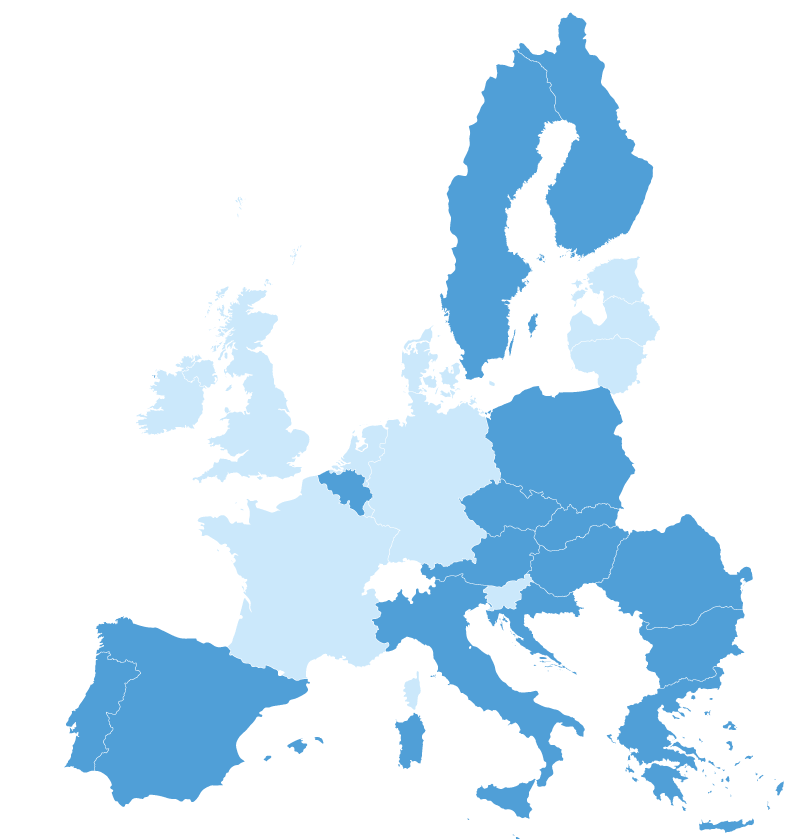
The information on this page is based on data from fourteen countries involved in the EURoma network (Austria, Belgium, Bulgaria, Croatia, Czech Republic, Greece, Hungary, Italy, Poland, Portugal, Romania, Slovakia, Spain and Sweden)
ESI Funds Regulations for the 2014-2020 programming period
European Structural and Investment Funds Regulations for the 2014-2020 programming period represent a substantial improvement in relation to the previous programming period and have opened up a broad range of possibilities for promoting Roma inclusion.
One of the main advances is the establishment under the European Social Fund of a specific Investment Priority (IP 9.2) on the ‘Socio-economic integration of marginalised communities such as the Roma’ under Thematic Objective (TO) 9 ’Promoting social inclusion and combating poverty’.
In addition, other ESF and ERDF thematic objectives and investment priorities could be of relevance for Roma inclusion, such as those within Thematic Objectives 8 (Promoting sustainable and quality employment and supporting labour mobility) and 10 (Investing in education, training and vocational training for skills and lifelong learning).
The ex-ante conditionality under ESF/ERDF Thematic Objective 9 requiring that ‘A national Roma inclusion strategic policy framework is in place’ and the stronger linkages with the political priorities identified in the country-specific recommendations are other elements of progress.
If used well, all these options could contribute to achieving substantial progress in the use of ESI Funds for Roma inclusion.
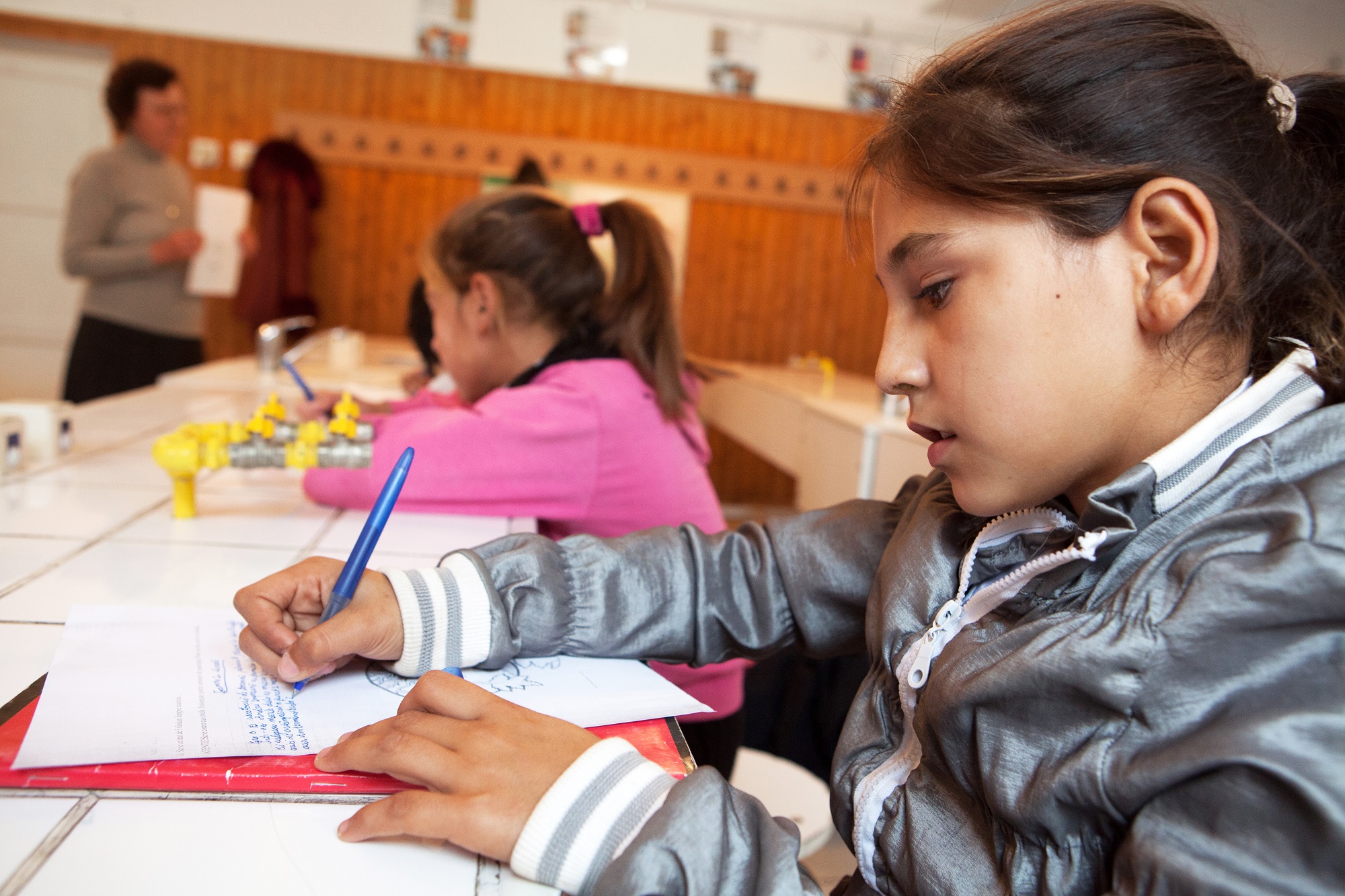
One of the main advances under ESF regulation 2014-2020: the establishment of a specific Investment Priority (IP 9.2.) focused on the “Socio-economic integration of marginalised communities such as the Roma” under Thematic Objective 9 “Promoting social inclusion and combating poverty’.
The use of ESI Funds for Roma inclusion in the EU
The findings of the analysis carried out by the EURoma Network at the beginning of the 2014-2020 programming period show a rather positive picture as regards the consideration of Roma inclusion in the Operational Programmes adopted. See EURoma report on Promoting the Use of ESI Funds for Roma Inclusion.
Increased attention is paid to Roma inclusion, with Roma people and Roma communities targeted to a large extent and in a broad number of Operational Programmes (OPs), going beyond the use of the ESF and in particular the specific Investment Priority 9.2. Progress is also observed as regards the plans to use some of the tools included in the new Regulations to advance Roma inclusion, such as the combination of funds.
Main trends observed
While countries analysed use a wide variety of options in terms of scope, funds, approaches, thematic objectives, investment priorities and fields of intervention, a number of general trends are observed (some of them similar to the ones in the 2007-2013 period).
Roma inclusion is commonly considered in general OPs, instead of in specific OPs (or parts thereof) targeting Roma.
Roma inclusion is mainly managed through national OPs. In some countries it is also incorporated in regional OPs, but to a small extent.
- There is a general trend to address Roma inclusion in OPs at national level, opting for a centralised management not only of national lines of intervention but also of regional and local ones.
- In some countries Roma inclusion is also incorporated in the OPs at regional level. However, it appears that, except in certain cases, Roma feature to a minor extent in regional OPs compared to national OPs, despite the attempts made by some countries (by increasing the number of regional OPs addressing Roma inclusion or giving them more capacity). In general terms, there is little information on the extent and how Roma inclusion is considered in regional programmes in many countries, which makes it difficult to assess the state-of-play and the progress made.
- While some advancements regarding the inclusion of Roma in regional OPs have been achieved, there are still challenges that need to be addressed, namely, the assumption of Roma priorities in the regional agendas, the increased coordination and information flow between the national and regional administrative levels, etc. These aspects, which are closely linked to the absence of adequate communication channels and the lack of mandate from the national bodies to collect information from the regional level, seem crucial in order to change this trend.
Most countries foresee the use of both ESF and ERDF to address Roma inclusion and a large number of OPs forsee a complementary use of both.
- An increased awareness about the importance of using ESI Funds other than the European Social Fund (ESF), notably the European Regional Development Fund (ERDF), is perceived. In the 2014-2020 programming period, most countries foresee the use of both ESF and ERDF to address Roma inclusion. Moreover, there are plans to use other funding sources and instruments –including the European Agricultural Fund for Rural Development (EAFRD) and the European Territorial Cooperation programmes- in certain countries
- While in some cases the use of ESF and ERDF is planned separately, a complementary use of both funds is foreseen in a large number of OPs, which represents a step forward towards a more integrated approach. Three options are used:
- A single-fund OP (ESF/ERDF) supporting actions eligible under the other fund according to Article 98 of the Common Provisions Regulations
- Including both funds within the same OP (multi-fund OP)
- Complementing actions from different OPs (mostly single-fund) using ESF and/or ERDF funds.It remains to be seen how the complementarity of funds is applied in practice and how the main problems faced in this area in the 2007-2013 programming period (such as the difficulties in harmonising the calls for proposals from different funds) or new aspects (such as co-investing resources from different funds into one single intvention) are addressed.
- Unfortunately, the potential of the Youth Employment Initiative (YEI) to support the employment of Roma, a population significantly younger than the overall population and experiencing higher unemployment rates than the rest of society, is largely missed. In general terms, Roma youngsters are not specifically considered in the Plans and OPs adopted by Member States to implement the YEI at national level, assuming that they will benefit from the measures simply because they are young and they are unemployed. However, experience shows that, if specific measures are not adopted to take into account the profiles and needs of the groups furthest from the labour market such as Roma (with limited educational background to comply with the procedures established and to access the training schemes and the labour market offers) and to effectively reach them, the potential of this type of initiatives will be missed.
- Whereas certain progress is acknowledged, further efforts are needed to ensure that the needs of the Roma population are considered in all ESI Funds and that full advantage is taken of all the opportunities offered to achieve a more effective use of these funds such as the combination of funds.
In general, countries combine different approaches to address Roma inclusion and all of them, with the exception of Sweden, target Roma explicitly.
- Different ways to address Roma inclusion are observed, mainly related to the reference made to Roma/Roma communities within the Operational Programmes:
-Explicit mention: dedicated lines focusing specifically on Roma/Roma communities. This approach is largely used in certain ESF investment priorities, notably under ESF IP 9.2. (Socio-economic integration of marginalised communities such as the Roma), but also under other ESF IPs and TOs and to a lesser extent under ERDF IP 9.b. (Providing support for physical, economic and social regeneration of deprived communities in urban and rural areas).
-Explicit but not exclusive mention: general lines of intervention focusing explicitly on Roma/Roma communities but as part of a larger group (e.g. disadvantaged group) or geographical area (e.g. disadvantaged area). In this category a distinction should be made between those OPs that merely mention Roma/Roma communities as one of the many target groups/greographical areas of the OP and those that pay particular attention to them by having a limited number of target groups/areas, one of them Roma/Roma communities. ‘Explicit but not exclusive’ Roma targeting, if implemented properly, has proven to be one of the best ways of tackling the socioeconomic inclusion of Roma.
-No explicit mention to Roma/Roma communities but considered as part of a larger group /geographical area.
Finally, the territorial approach, which can be applied in any of the previous three cases. This approach aims at covering specifically the needs of geographical areas, sometimes micro-territories, in many cases at greatest risk of poverty and, as a consequence, tackle the needs of groups at risk of exclusion and discrimination living in these areas, as it is the case of the Roma.
- In general terms countries combine different approaches to address Roma inclusion (both within the same OP or in the different OPs) and target Roma explicitly. The only exception to this general trend is Sweden, which opts for not using an explicit approach (Roma are considered as part of the ‘minorities’ target group).
- There are also differences as regards the hierarchical level at which the interventions targeting specifically Roma/Roma communities are planned (from the maximum level of relevance when defined as a priority axis to a specific objective or an action/type of intervention). The most common trend is to use specific objectives, whether several ones or one only. Indeed Roma/Roma communities can also benefit from other priority axes, specific objectives and actions/types of interventions that are not targeting them specifically (whether they are mentioned as one of the target groups or not).
- Experience shows that there is no single right or better approach, what is important is that planning is translated into actions that actually reach Roma/Roma communities. Particular attention should be paid to those actions that do not target Roma explicitly to avoid programmes disregarding them. The necessary guarantees should also be taken as regards the ‘explicit but not exclusive’ approaches, notably when there is a large number of target groups, to prevent the risk that Roma become blurred among the many other groups. To this end, it is crucial to put in place strong and continuous monitoring processes.
- It is also important to bear in mind that there is still much scope to reach Roma/Roma communities in the implementation phase even if the adopted programming documents do not feature specific measures or do not explicitly mention them (e.g. Roma can be mentioned as potential target groups of the calls for proposals or in the priorities of the projects…).
The most common trend is to address Roma inclusion under Thematic objectives 9 (ESF/ERDF). Countries using IP 9.2 (ESF) to tackle Roma inclusion have the most targetted actions.
- Luckily most countries have understood that the fact that there is a dedicated investment priority to address Roma inclusion within ESF (IP 9.2.) does not prevent them from planning interventions under other ESF IPs and TOs as well as under other funds (ERDF).
- The most common trend within the ESF is to address Roma inclusion under Thematic Objective 9 (Promoting social inclusion, combating poverty and any discrimination), followed by Thematic Objective 8 (Promoting sustainable and quality employment and supporting labour mobility) and Thematic Objective 10 (Investing in education, training and vocational training for skills and life-long learning).
- As it could be expected, the OPs addressing Roma inclusion under IP 9.2. are the ones that include the most targeted actions, including dedicated priority axes, thematic objectives and/or actions/type of interventions. But it is worth noting that a number of OPs that address Roma inclusion under IPs other than 9.2. also pay particular attention to Roma, even with dedicated actions targeting Roma.
- With respect to the ERDF, Roma inclusion is mainly addressed under Thematic Objective 9 (Promoting social inclusion, combating poverty and any discrimination) and Thematic Objective 10 (Investing in education, training and vocational training for skills and lifelong learning by developing education and training infrastructure).
- The most explicit and targeted approaches to Roma/Roma communities under ERDF are found under IP 9.b. (Providing support for physical, economic and social regeneration of deprived communities in urban and rural areas). However, in ERDF interventions it is more common to use ‘explicit but not exclusive approaches’ or even not mentioning Roma explicitly (considering them as part of larger groups), a trend that is to some extent related to the wide use of territorial approaches.
- The consideration of Roma inclusion in a large number of ESF and ERDF thematic objectives and investment priorities, beyond the specific IP 9.2. implies substantial progress in terms of Roma policies and opens a lot of opportunities to achieve impact if it is appropriately implemented.
- The use of other thematic objectives which could have potential to reach Roma people (e.g. 2, 5 and 6) could be considered as merely anecdotal.
Although OPs incorporate actions addressing the 4 key fields identified in the EU Framework, interventions mainly focus on employment and education.
- It is positive to observe that in the adopted Operational Programmes countries incorporate actions addressing the four key fields of intervention identified by the EU Framework for National Roma Integration Strategies (employment, education, healthcare and housing), together in some cases with interventions in other areas such as the fight against discrimination or social inclusion/community-level social integration (i.e. community centres, field social work, intercultural mediation, access to social services…).
- Despite the wider scope in terms of fields of intervention, and similarly to the 2007- 2013 programming period, interventions are mainly focused on employment and education while healthcare and housing are considered to a lesser extent, although housing issues are acquiring increased importance, with specific lines of support.The area of healthcare is however primarily included in general lines of support and considered from a global approach (initiatives covering different areas).
- One of the main challenges perceived in the previous programming period was the design and actual implementation of an integrated and multidimensional approach (both in terms of foreseen interventions and funds). In the 2014-2020 period, despite
the fact that it is widely recognised as a crucial element to address complex situations for Roma inclusion, it is still not broadly considered and when it is the case, it is often not clear how it will be implemented in practice. - While these approaches are of particular relevance in areas with relatively widespread geographical segregation and marginalisation or where Roma are overrepresented, it is important to go further and apply them in all types of interventions targeting Roma, emphasising links between the different fields.
- It seems that further efforts are also needed as regards the use of integrated approaches in micro-territorial interventions. Integrated actions in these cases should entail investment in education, employment generation and access to healthcare with the pivotal development of basic infrastructure, including the rebuilding and renovation of housing. Other key areas to be considered as regards housing interventions are infrastructural (including sanitation) and environmental improvements in Roma communities, integrated actions for improving physical and housing conditions in neighbourhoods with a high concentration of Roma as well as desegregation and urban planning.
Involvement relevant stakeholder in the 2014-2020 programming period in line with the European Code of Conduct on Partnership.
- In line with the general acknowledgement of the importance of involving relevant stakeholders for Roma inclusion (Roma individuals, Roma NGOs and organisations working to promote Roma inclusion) in the ESI Funds cycle, certain progress is observed in terms of the mechanisms, processes and methods for involvement.
- However, there is still room for progress. Firstly, the extent to which these stakeholders are involved in practice and whether their proposals are reflected in the adopted documents and the decisions taken remains in many cases unclear as there is no systematic monitoring or evaluation of stakeholder involvement.
- Secondly, major differences are perceived between the countries regarding the degree and quality of stakeholder participation and the forms it takes. In addition, in many cases the mechanisms and processes for involvement are weak (e.g. informal), only happen in specific moments and in specific phases and are not linked to capacity-building processes of relevant stakeholders and beneficiaries.
- The challenge for the 2014-2020 programming period is to extend quality participation of stakeholders to all phases of the programming period, from planning, to implementation, monitoring and evaluation, in line with the European Code of Conduct on Partnership. To this end it is important to advance towards structured mechanisms to involve stakeholders and establish processes and methods that allow for an active and quality partnership (going beyond informative sessions and moving towards real consultation and partnership), to develop mechanisms that allow the systematic monitoring and evaluation of stakeholder involvement and to foster the capacity of stakeholders to get involved not only to merely participate.
This report provides an overview of how Roma inclusion is considered in the 2014-2020 programming period.
READ MORE
The most common trend within ESF is to address Roma inclusion under Thematic Objective 9 (Promoting social inclusion, combating poverty and any discrimination) followed by Thematic Objective 8 (Promoting sustainable and quality employment and supporting labour mobility) and Thematic Objective 10 (Investing in education, training and vocational training for skills and life-long learning).
OPs addressing Roma inclusion under IP 9.2. are the ones that include the most targeted actions, including dedicated priority axes, thematic objectives and/or actions. A number of OPs that address Roma inclusion under IPs other than 9.2. also pay particular attention to Roma, even with dedicated actions targeting Roma.
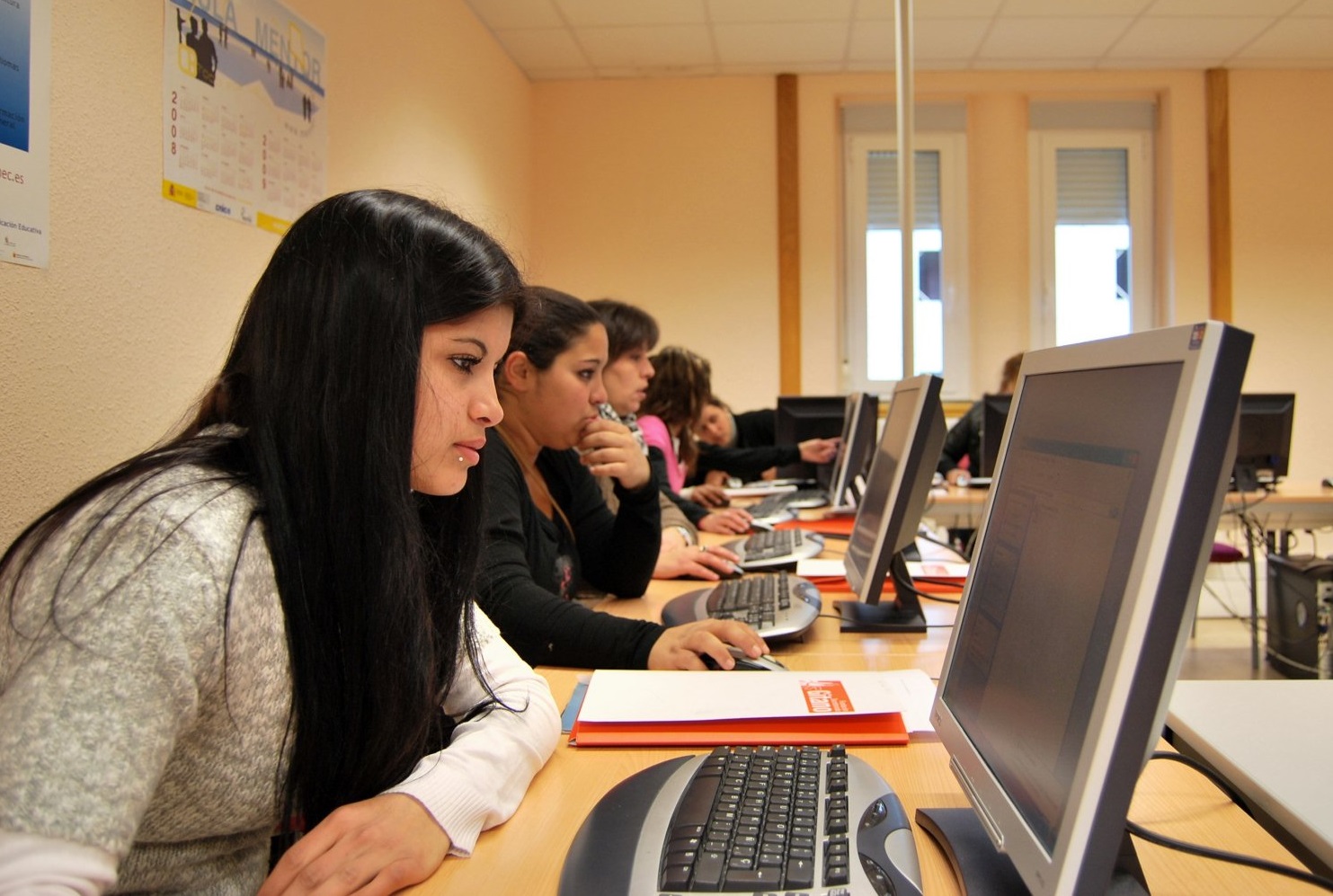
ESI funds for Roma inclusion focus on employment and education while healthcare and housing are considered to a lesser extent. Housing interventions are acquiring increased importance, with specific lines of support.
Way forward
It remains to be seen how the positive framework provide by the ESI Funds Regulations and the potential of the EU Framework for National Roma Integration Strategies are translated into practice in the coming years up to their end in 2020.
In addition, it is crucial to ensure that the future frameworks for these political and financial instruments after 2020, which is currently being negotiated, foresee measures that exploit the full potential of these key tools to promote the social inclusion, equal opportunities and fight against discrimination of the Roma community.
In particular, the following elements should be taken into account during the implementation phase and for the post-2020 frameworks:
The effective implementation of the actions planned at policy, legal and funding level up to 2020, ensuring that they actually reach Roma.
Particular attention should be paid to those actions that do not target Roma explicitly to avoid that they are disregarded. The necessary guarantees should also be taken as regards the ‘explicit but not exclusive’ approaches, specially when there is a large number of target groups, to prevent the risk that Roma become blurred among the many other groups. To this end, it is crucial to put in place strong and continuous monitoring processes.
In particular as regards ESI Funds:
- The use of opportunities to promote Roma inclusion beyond those foreseen in the programming documents. There is still much scope to promote Roma inclusion in the implementation phase even if the adopted programming documents do not feature specific measures or do not explicitly mention Roma (e.g. mentioning Roma as potential targets of the calls for proposals or in the priorities of the projects, establishing indicators related to Roma as final beneficiaries…). This could also apply to the consideration of the gender dimension in the programmes. As far as the funds are concerned, ESF and ERDF but also other funding sources and instruments -including the European Agricultural Fund for Rural Development (EAFRD) and the European Territorial Cooperation programmes offer many opportunities.
- The maximisation of the instruments available within the new Regulations for a more efficient use of ESI Funds. Among them the combined use of different funds, whether within the same OP or between OPs with different funds, or the integrated and multi-dimensional approaches, both in terms of fields of interventions and funds. While these approaches are of particular relevance in areas with relatively widespread geographical segregation and marginalisation, or where Roma are overrepresented, it is important to go further and apply them in all types of interventions targeting Roma, emphasising the links between the different fields and funds.
In general, it seems important to widen the fields of interventions beyond the four key fields identified by the EU Framework for NRIS (employment, education, healthcare and housing) including also other areas of relevance, particularly nondiscrimination. In this sense, further efforts are deemed necessary in those areas that up to now received less attention, such as healthcare.
The assumption of the implementation of the EU policy, legal and financial frameworks/ instruments, by all relevant actors and in particular by the different levels (notably the regional and local levels…).
This assumption of responsibilities should also be considered at horizontal level. The implementation of the EU framework and the NRIS should not only be assumed by those actors in charge of the policy, legal or funding instruments targeting specifically Roma, but by all actors in charge of instruments which could be of relevance for Roma inclusion. This would prompt an increased alignment with mainstream policies (across areas such as housing, education, employment…).
The alignment, complementarity and coordination between the national, regional and local levels, including between the financial and policy instruments acting at the different levels
(i.e. OPs and relevant policies on Roma inclusion at national and regional level such as the NRIS, among others). Further efforts are still necessary to connect the regional financial instruments (regional operational programmes) with the framework and objectives of the NRIS and, if any, of the policies and strategies developed for their translation into the regional level (e.g. regional and local strategies).
The promotion of a quality participation, involvement and performance of relevant stakeholders for Roma inclusion throughout the whole cycle (from planning, to implementation, monitoring and evaluation).
Including Roma NGOs and organisations working to promote Roma inclusion as well as Roma communities themselves. To this end it is important:
- To advance towards structured mechanisms to involve stakeholders and establish processes and methods that allow for an active and quality partnership (going beyond mere informative sessions and moving towards real consultation and partnership), to develop mechanisms for the systematic monitoring and evaluation of stakeholder involvement and to foster the capacity of stakeholders to get involved.
- To promote a quality performance of actors involved (e.g. Intermediate Bodies, final beneficiaries…) as regards core aspects for the effective implementation of Roma inclusion programmes (selection criteria based on proven experience and professional competences; assuring adequate resources for effectively implementing the programmes….). The possibilities to use ESI Funds Technical Assistance as financial resources to this end should be considered.
- To promote the capacity-building of all relevant stakeholders, including Managing Authorities, Intermediate Bodies and also final beneficiaries and other crucial actors as a core element to enhance their important role in ensuring the effective use of the funds.
A useful instrument to put these elements into practice could be the European Code of Conduct on Partnership, drawn up by the European Commission with the aim of improving consultation, participation and dialogue with partners during the planning, implementation, monitoring and evaluation of projects financed by the ESI Funds.
The key role of the European Commission driving progress in all these areas
by strengthening monitoring of compliance, providing guidance and support, encouraging alignment between policies at European level…
The pivotal role of the National Roma Contact Points in the implementation, monitoring and evaluation phases of ESI Funds
as well as in the promotion of all those aspects that would contribute to improving the implementation of the Strategies in the different countries. To this end, they should be provided with the adequate human and financial resources as well as the competences necessary to fulfil the tasks assigned to them at coordination and political level. Coordination and alignment between the NRCPs and ESIF Managing Authorities should also be improved.
The potential of transnational cooperation as a means to achieve greater impact of Roma inclusion measures.
Reinforcing collaboration and encouraging mutual learning of key stakeholders such as National Roma Contact Points but and also public authorities responsible for mainstream policies of relevance for Roma inclusion and for ESI Funds, relevant intermediate bodies, civil society organisations, etc…
As regards the post-2020 EU Framework for NRIS and ESI Funds Regulations, it is crucial:
To guarantee that they are fully aligned and are conceived in a way that they complement and reinforce each other.
Furthermore, the necessary synergies between the resources coming from ESI Funds and the cofunding sources at national, regional and local level should be ensured. Connecting the policy and the financial resources (notably the ESI Funds, which allow for substantial, long-term and sustainable investments) would contribute to complying with the objectives of the NRIS ad achieving a tangible impact.
To promote a favourable framework for alignment and coordination
among different instruments (in terms of policy, legal and funding), different levels of intervention (EU, national, regional and local), between Roma-targeted and mainstream frameworks… Ensuring that the actors in charge of the post-2020 framework have the competences and resources (in particular the National Roma Contact Points), the coordination with mainstream policies of relevance for Roma inclusión and with financial instruments and the setting up of adequate mechanisms and structures are prerequisites for alignment and coordination.
To maintain the importance of the four areas identified as key for Roma inclusion in the EU framework (employment, education, health and housing).
And also strengthen and/or introduce others such as gender equality, fight against discrimination and antigypsysm.
Particular attention should be paid to the situation of Roma women. The use and effective implementation of multidimensional and integrated approaches, combining actions at different levels (policy, legal, funding) and addressing different areas, should be conceived as a crucial element to guarantee progress.
The coincidence of the time-frames of the future post 2020 frameworks for ESI funds and EU Framework for NRIS offer an excellent opportunity to align and create synergies between these two instruments from the very beginning in order to be able to achieve greater impact on the lives of the Roma people.
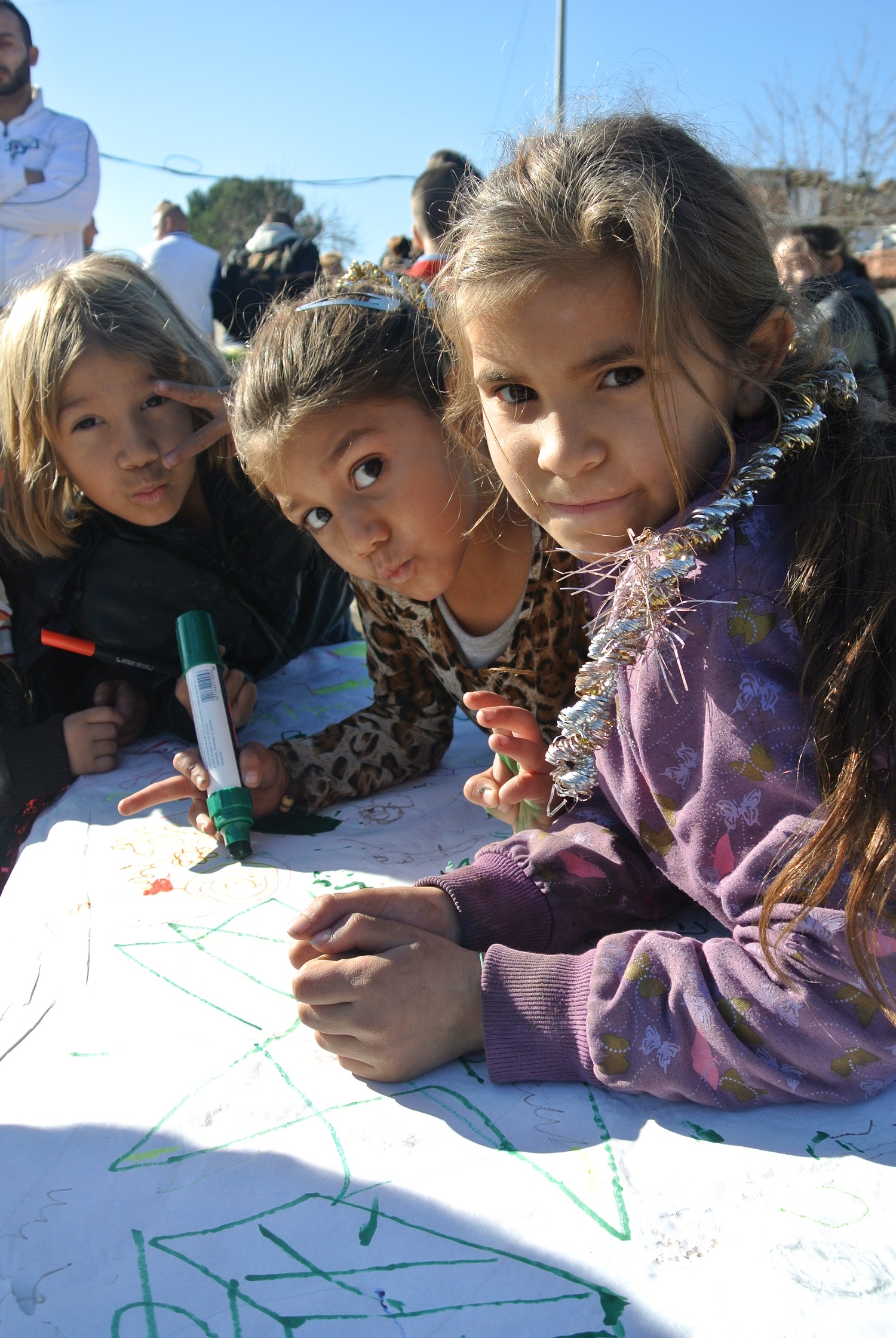
The main goal should be to take the definite step forward in promoting a real change in the lives of the many European Roma that still today suffer from poverty, exclusion, inequalities and discrimination and cannot fully exercise, on an equal footing with other citizens, their citizenship.
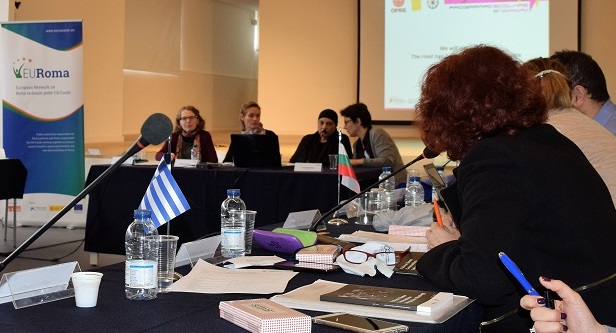
Transnational cooperation and initiatives such as the EURoma Network can largely contribute to this goal by encouraging mutual learning, knowledge generation, capacity-building of relevant actors and provision of support to address crucial aspects for an effective use of ESI Funds for Roma inclusion.
Funded by:



